Home>Gardening & Outdoor>Landscaping Ideas>How To Fill In Bermuda Grass Bare Spots
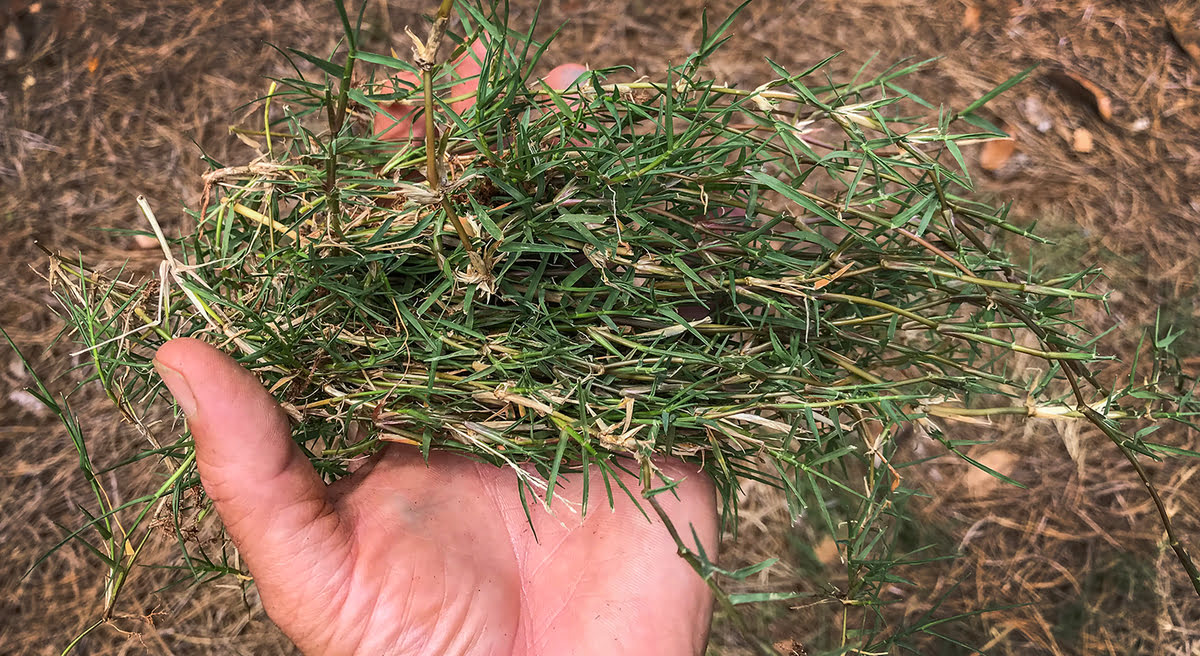

Landscaping Ideas
How To Fill In Bermuda Grass Bare Spots
Modified: March 29, 2024
Learn effective landscaping ideas for filling in Bermuda grass bare spots and achieving a lush, uniform lawn. Discover expert tips and techniques for successful lawn maintenance.
(Many of the links in this article redirect to a specific reviewed product. Your purchase of these products through affiliate links helps to generate commission for Storables.com, at no extra cost. Learn more)
Introduction
Bermuda grass is a popular choice for lawns due to its resilience and ability to thrive in various climates. However, even the most well-maintained lawns can develop bare spots over time. These unsightly patches can detract from the overall beauty of your lawn, but the good news is that they can be easily remedied with the right approach.
In this comprehensive guide, we will walk you through the process of filling in Bermuda grass bare spots, providing you with the knowledge and techniques to restore the lush green carpet of your lawn. Whether the bare spots are the result of heavy foot traffic, pet activity, or environmental factors, this step-by-step guide will equip you with the tools to address the issue effectively.
By following the methods outlined in this article, you can rejuvenate your lawn and create a uniform, healthy expanse of Bermuda grass. From preparing the bare spots to selecting the appropriate grass seed and executing the filling process, we will cover each crucial step in detail. Additionally, we will delve into the essential aspects of watering and maintaining the newly filled areas to ensure successful integration with the existing lawn.
With a little time, effort, and the right approach, you can transform those unsightly bare spots into vibrant, thriving patches of Bermuda grass. So, let's dive into the process and bring back the lush, uniform beauty of your lawn.
Key Takeaways:
- Revive your lawn by filling in Bermuda grass bare spots. Prepare the area, choose the right seed, and follow a watering and maintenance plan to create a lush, uniform expanse of vibrant greenery.
- Transform unsightly bare spots into thriving Bermuda grass patches. Assess, prepare, seed, and maintain to achieve a visually stunning, resilient lawn that enhances your outdoor space.
Read more: How To Plant Grass In Bare Spots On My Lawn
Step 1: Prepare the Bare Spots
Before embarking on the process of filling in bare spots with Bermuda grass, it is crucial to prepare the affected areas adequately. This preparation sets the stage for successful reseeding and ensures optimal conditions for the new grass to take root and thrive.
Assess the Bare Spots
The first step in preparing bare spots is to assess their size, shape, and underlying causes. Take note of any compacted soil, thatch buildup, or signs of poor drainage in the affected areas. Understanding the underlying issues will guide the preparation process and help address any contributing factors to the bare spots.
Clear the Area
Begin by clearing the bare spots of any debris, dead grass, or weeds. Use a rake or hand cultivator to gently remove the unwanted vegetation and create a clean, exposed surface for the new grass seed to make contact with the soil.
Loosen the Soil
To promote healthy root development, it is essential to loosen the soil in the bare spots. Utilize a garden fork or aeration tool to gently break up compacted soil and improve its overall structure. This step enhances the soil's ability to absorb water and nutrients, creating an optimal environment for the new grass to establish itself.
Read more: How To Fix Bare Spots In St.Augustine Grass
Amend the Soil
Incorporating organic matter into the soil can significantly improve its quality and fertility. Consider adding a thin layer of compost or topsoil to the bare spots, gently working it into the loosened soil. This amendment provides essential nutrients and enhances the soil's ability to support healthy grass growth.
Level the Surface
Ensure that the prepared bare spots have a level surface to facilitate even seed distribution and consistent growth. Use a garden rake or leveling tool to smooth out the soil, creating a uniform base for seeding.
By meticulously preparing the bare spots, you set the foundation for successful Bermuda grass reseeding. This proactive approach addresses underlying issues, creates an optimal environment for new grass growth, and maximizes the chances of seamless integration with the existing lawn. With the groundwork laid, you are now ready to move on to the next crucial step: choosing the right Bermuda grass seed.
Step 2: Choose the Right Bermuda Grass Seed
Selecting the appropriate Bermuda grass seed is a pivotal aspect of the reseeding process, as it directly influences the overall success and appearance of the restored areas. When choosing the right seed, several key factors should be considered to ensure optimal compatibility with your existing lawn and the specific conditions of the bare spots.
Consider the Bermuda Grass Variety
Bermuda grass is available in various varieties, each with distinct characteristics and growth patterns. Common types include common Bermuda grass, hybrid Bermuda grass, and improved varieties such as Tifway 419 and Celebration. Understanding the attributes of each variety is essential in making an informed choice. Factors such as drought tolerance, shade tolerance, and overall maintenance requirements should be taken into account to align with the specific needs of your lawn and the bare spots.
Read more: How To Seed Bare Spots
Assess Sunlight and Soil Conditions
Evaluate the sunlight exposure and soil composition of the bare spots to determine the most suitable Bermuda grass seed. Different varieties exhibit varying tolerance to shade and thrive in specific soil types. For areas with ample sunlight, full-sun Bermuda grass varieties are ideal, while shaded spots may benefit from shade-tolerant varieties. Additionally, consider the soil pH and drainage characteristics to select a seed that aligns with the soil conditions for optimal growth.
Opt for High-Quality Seed
Investing in high-quality Bermuda grass seed is crucial for achieving desirable results. Look for certified seeds from reputable suppliers, ensuring purity and germination rates. High-quality seeds are more likely to establish robust, healthy grass that seamlessly integrates with the existing lawn, creating a uniform and visually appealing expanse of Bermuda grass.
Blend with Existing Lawn
If your lawn features a specific Bermuda grass variety, aim to select a seed that closely matches the existing grass. This approach promotes uniformity and prevents noticeable variations in color, texture, and growth patterns. By harmonizing the new seed with the established grass, you can achieve a cohesive and consistent appearance across the entire lawn.
Consider Maintenance Requirements
Different Bermuda grass varieties have varying maintenance needs, including mowing frequency, fertilization schedules, and water requirements. Factor in the maintenance demands of the selected seed to ensure it aligns with your willingness and capacity to maintain the reseeded areas. Choosing a seed that matches your maintenance preferences can contribute to long-term satisfaction and ease of lawn care.
By carefully considering these factors and selecting the right Bermuda grass seed, you lay the groundwork for successful reseeding and seamless integration with the existing lawn. The chosen seed should complement the specific conditions of the bare spots and contribute to the overall health and aesthetic appeal of your Bermuda grass lawn. With the seed chosen, you are now ready to proceed to the next crucial step: filling in the bare spots with the selected Bermuda grass seed.
Read more: What Causes Brown Spots In Bermuda Grass
Step 3: Fill in the Bare Spots
With the bare spots prepared and the appropriate Bermuda grass seed selected, it's time to embark on the crucial step of filling in the bare areas. This process involves the strategic distribution of the chosen seed, ensuring proper coverage and optimal conditions for germination and growth. By following the outlined steps, you can effectively restore the bare spots, fostering the development of lush, healthy Bermuda grass.
Seed Distribution
Begin by evenly spreading the selected Bermuda grass seed over the prepared bare spots. Utilize a handheld spreader or broadcast spreader to achieve uniform coverage, ensuring that the seed makes direct contact with the amended soil. Aim for a consistent application rate, taking care not to over- or under-seed the areas. This meticulous approach sets the stage for robust germination and the establishment of new grass growth.
Seed-to-Soil Contact
To promote successful germination, gently press the spread seed into the soil using a lawn roller or by walking over the seeded areas. This step facilitates crucial seed-to-soil contact, enhancing the seed's ability to absorb moisture and nutrients from the soil. Adequate seed-to-soil contact is essential for the germination process, enabling the seeds to initiate root development and establish a strong foothold in the prepared bare spots.
Mulch Application
Applying a thin layer of mulch over the seeded areas can offer numerous benefits, including moisture retention, protection from birds and wind, and temperature regulation. Opt for a light, organic mulch such as straw or finely shredded wood, ensuring that it does not form a dense barrier that impedes seedling emergence. The mulch serves as a protective layer, creating an optimal microenvironment for seed germination and early grass growth.
Read more: How To Plug Bermuda Grass
Gentle Watering
Following seed distribution and mulch application, gently water the filled bare spots to initiate the germination process. Use a fine mist setting on a garden hose or a lightweight sprinkler to avoid displacing the seeds. Aim to keep the soil consistently moist but not waterlogged, promoting favorable conditions for seed germination and early root development. Regular, light watering sessions are essential to support the initial stages of grass growth in the reseeded areas.
By meticulously following these steps, you can effectively fill in the bare spots with the selected Bermuda grass seed, setting the stage for successful germination and robust grass growth. The strategic distribution of the seed, promotion of seed-to-soil contact, application of mulch, and gentle watering collectively contribute to creating an optimal environment for the establishment of vibrant, healthy Bermuda grass in the previously bare areas. With the bare spots filled and the initial stages of growth underway, the final step involves ongoing care and maintenance to ensure the seamless integration of the new grass with the existing lawn.
Step 4: Water and Maintain the Area
Proper watering and ongoing maintenance are essential components of the reseeding process, playing a pivotal role in nurturing the newly filled bare spots and facilitating the seamless integration of Bermuda grass with the existing lawn. By implementing strategic watering practices and adhering to a tailored maintenance regimen, you can foster healthy, uniform grass growth and ensure the long-term vitality of your rejuvenated lawn.
Watering Schedule
Establishing a consistent watering schedule is critical to support the initial stages of grass growth in the reseeded areas. After the initial watering to initiate germination, continue to water the filled bare spots regularly, ensuring that the soil remains consistently moist. Aim for light, frequent watering sessions, especially during the early stages of grass establishment. Avoid prolonged dry spells, as adequate moisture is essential for promoting healthy root development and robust grass growth.
Monitoring Moisture Levels
Regularly monitor the moisture levels in the reseeded areas to gauge the effectiveness of your watering regimen. Check the soil moisture by gently probing the top layer of soil with your finger. If the soil feels dry to the touch, it indicates the need for additional watering. Conversely, if the soil feels excessively wet, adjust your watering frequency to prevent waterlogging, which can impede grass growth and lead to undesirable conditions for the new seedlings.
Read more: How To Grow Grass In Bald Spots
Fertilization and Nutrient Support
As the newly filled bare spots begin to exhibit signs of grass growth, consider incorporating a balanced, slow-release fertilizer specifically formulated for Bermuda grass. This targeted fertilization provides essential nutrients to support the developing grass, promoting vigorous growth and overall lawn health. Follow the manufacturer's recommendations for application rates and timing, ensuring that the reseeded areas receive the necessary nourishment to thrive alongside the existing lawn.
Mowing and Maintenance
Once the reseeded areas have achieved significant grass growth, incorporate them into your regular mowing and maintenance routine. Gradually integrate the filled bare spots into your standard mowing schedule, ensuring that the grass reaches an appropriate height before the initial mowing. Exercise caution during the early stages of growth to avoid damaging the delicate new grass, gradually transitioning to regular mowing heights to maintain a uniform lawn appearance.
Weed Control and Protection
Vigilantly monitor the reseeded areas for any signs of weed encroachment, especially during the initial stages of grass growth. Promptly address any emerging weeds to prevent competition for resources and safeguard the developing Bermuda grass. Consider utilizing targeted weed control methods that are compatible with Bermuda grass to maintain a pristine, weed-free lawn and provide the reseeded areas with optimal conditions for unhindered growth.
By adhering to a comprehensive watering schedule, implementing tailored maintenance practices, and providing essential nutrient support, you can ensure the successful integration of the reseeded areas with the existing lawn. This proactive approach fosters healthy, vibrant Bermuda grass growth, transforming the once bare spots into lush, uniform expanses that enhance the overall beauty and resilience of your lawn. With ongoing care and attention, your rejuvenated lawn will thrive, showcasing the enduring allure of Bermuda grass in all its verdant splendor.
Conclusion
In conclusion, revitalizing your lawn by filling in Bermuda grass bare spots is a rewarding endeavor that yields a lush, uniform expanse of vibrant greenery. By meticulously preparing the bare spots, selecting the right Bermuda grass seed, strategically filling in the areas, and providing ongoing care and maintenance, you can effectively restore the beauty and resilience of your lawn. The process begins with a thorough assessment and preparation of the bare spots, addressing underlying issues and creating an optimal environment for new grass growth. Choosing the appropriate Bermuda grass seed is a pivotal step, as it directly influences the success and visual cohesion of the reseeded areas with the existing lawn.
Filling in the bare spots with the selected Bermuda grass seed involves a meticulous approach, ensuring proper seed distribution, seed-to-soil contact, mulch application, and gentle watering to initiate the germination process. These steps collectively create an ideal environment for the establishment of healthy, vibrant Bermuda grass, seamlessly integrating the reseeded areas with the rest of the lawn. Furthermore, implementing a tailored watering schedule, monitoring moisture levels, providing essential nutrient support, and incorporating the reseeded areas into your regular maintenance routine are essential for nurturing the newly filled spots and fostering long-term grass vitality.
Ultimately, the rejuvenation of Bermuda grass bare spots culminates in a visually stunning, resilient lawn that exudes natural beauty and enduring charm. The seamless integration of the reseeded areas with the existing grass creates a cohesive, uniform expanse that enhances the overall aesthetic appeal of your outdoor space. As the newly filled spots flourish and blend harmoniously with the rest of the lawn, you can take pride in the transformation, knowing that your proactive efforts have revitalized your outdoor sanctuary.
In essence, the process of filling in Bermuda grass bare spots transcends mere lawn care; it embodies a commitment to nurturing and preserving the natural splendor of your outdoor environment. With the knowledge and techniques outlined in this guide, you are equipped to embark on this transformative journey, breathing new life into your lawn and creating a captivating tapestry of Bermuda grass that beckons with its timeless allure.
Frequently Asked Questions about How To Fill In Bermuda Grass Bare Spots
Was this page helpful?
At Storables.com, we guarantee accurate and reliable information. Our content, validated by Expert Board Contributors, is crafted following stringent Editorial Policies. We're committed to providing you with well-researched, expert-backed insights for all your informational needs.
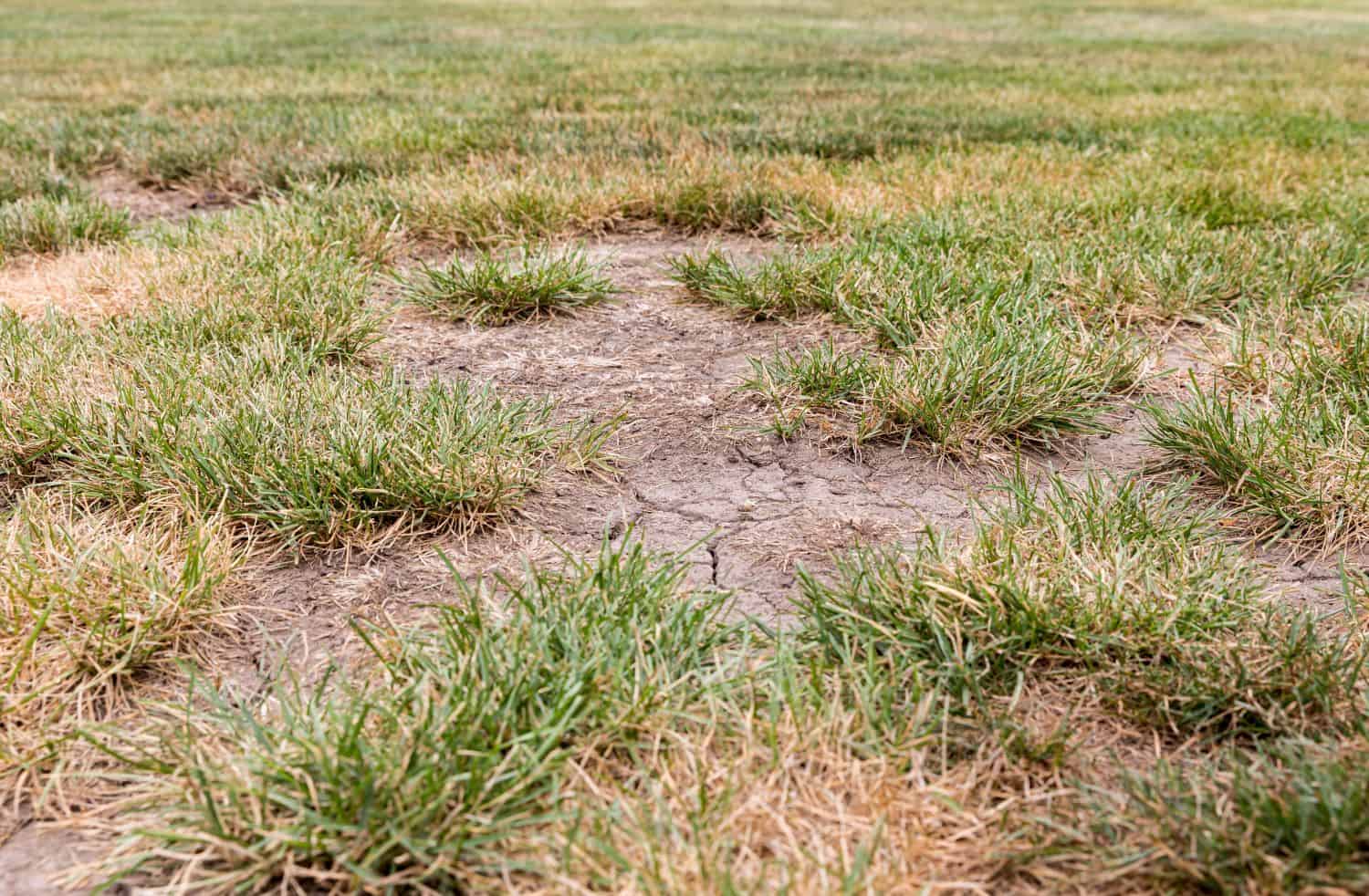
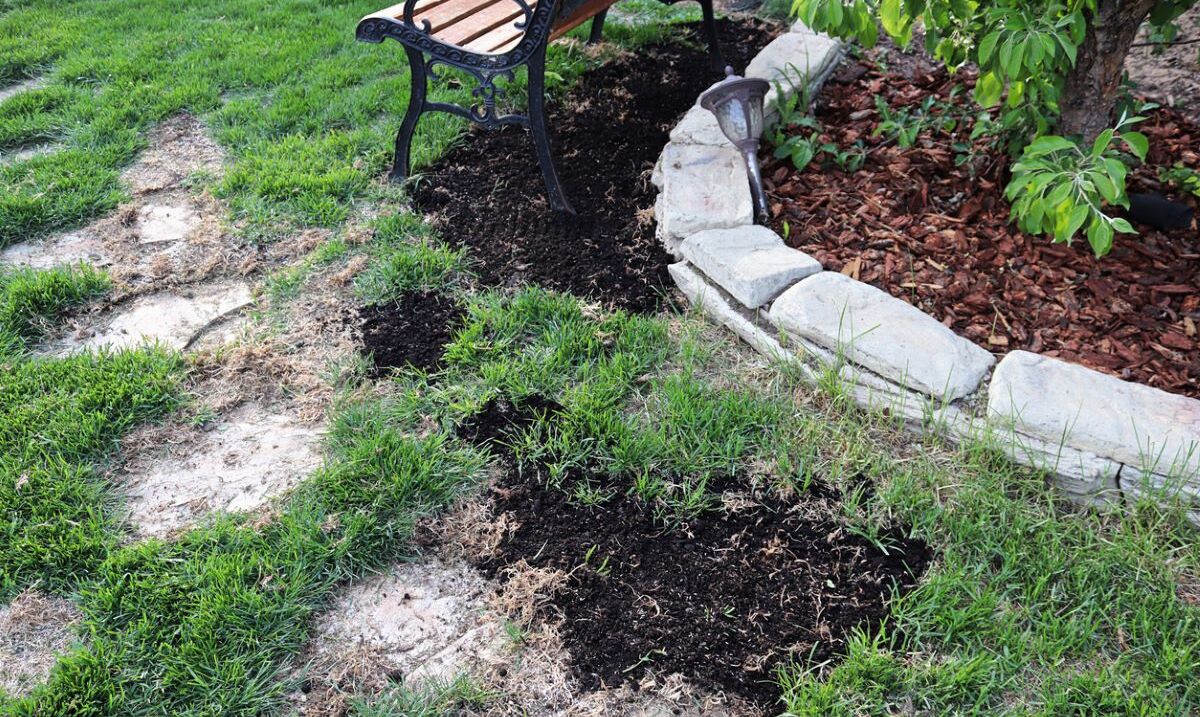
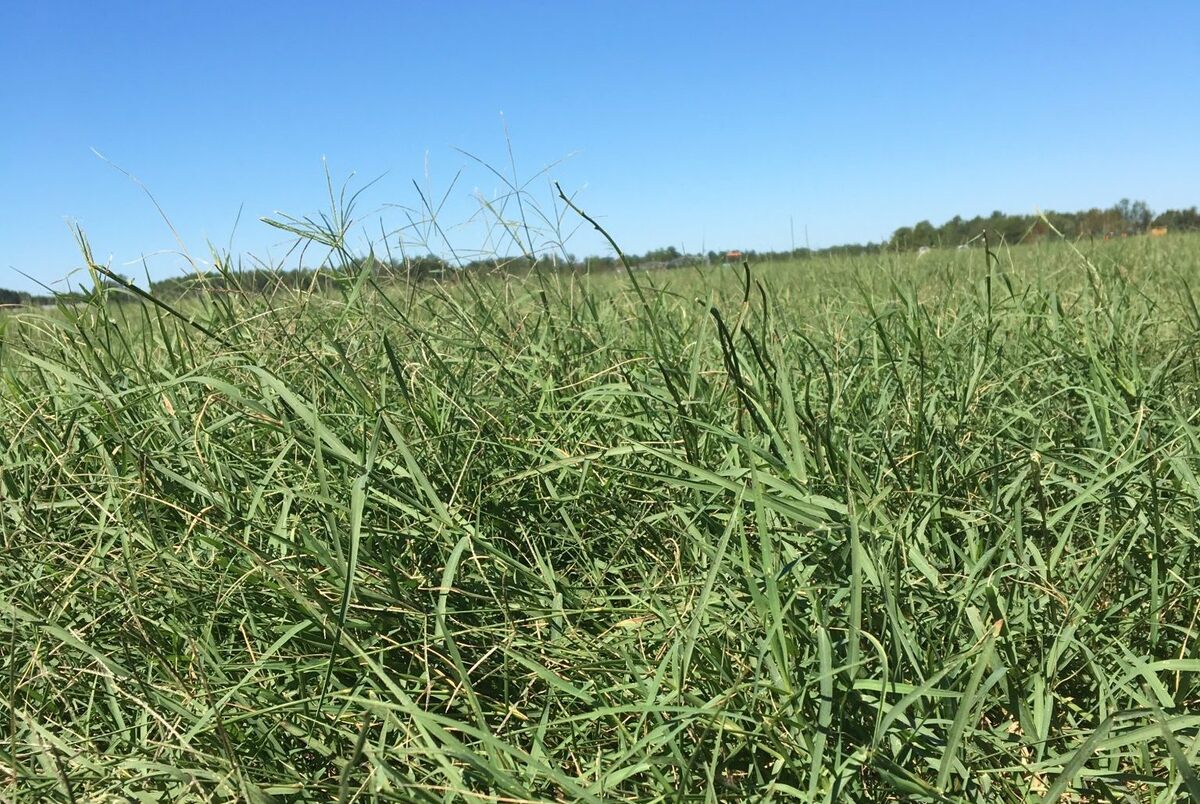
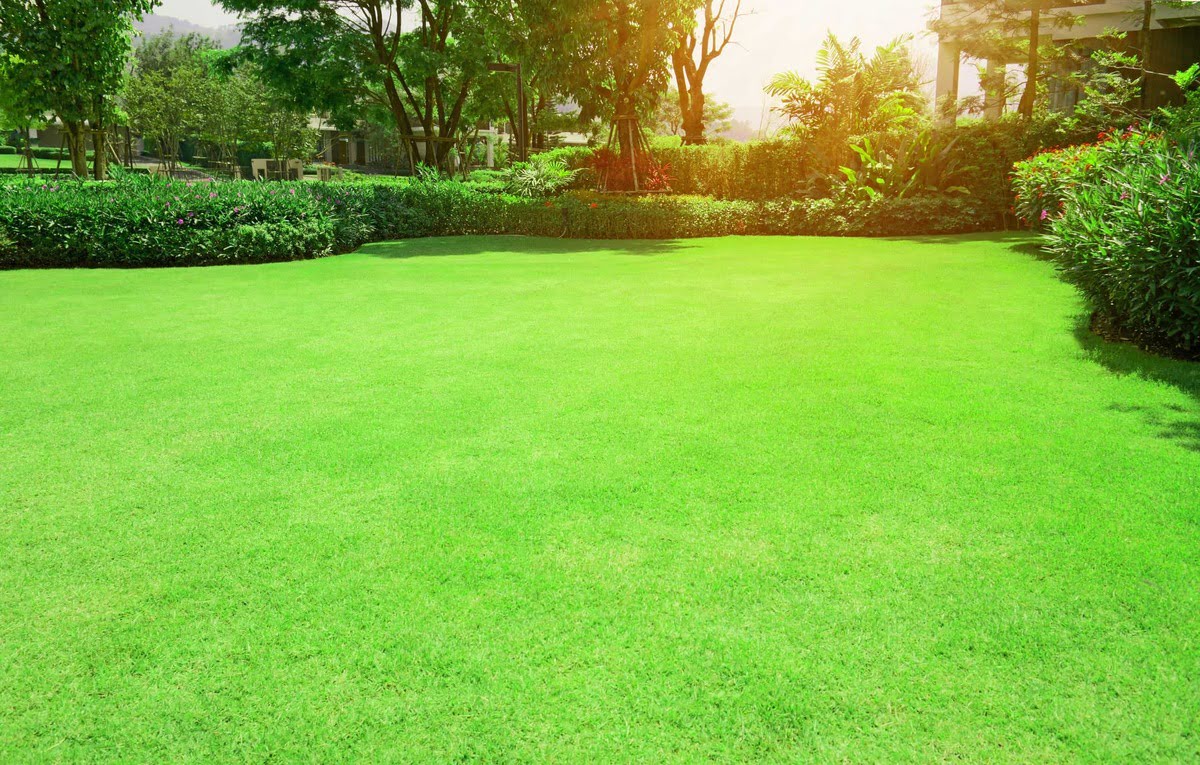
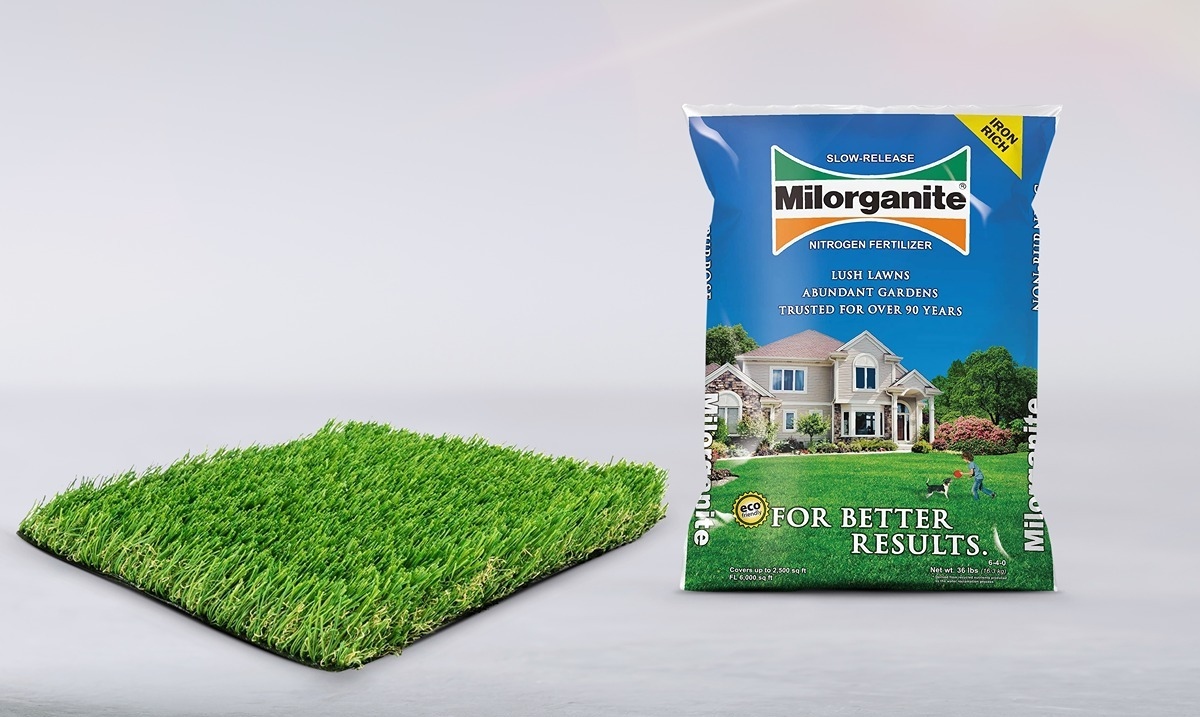
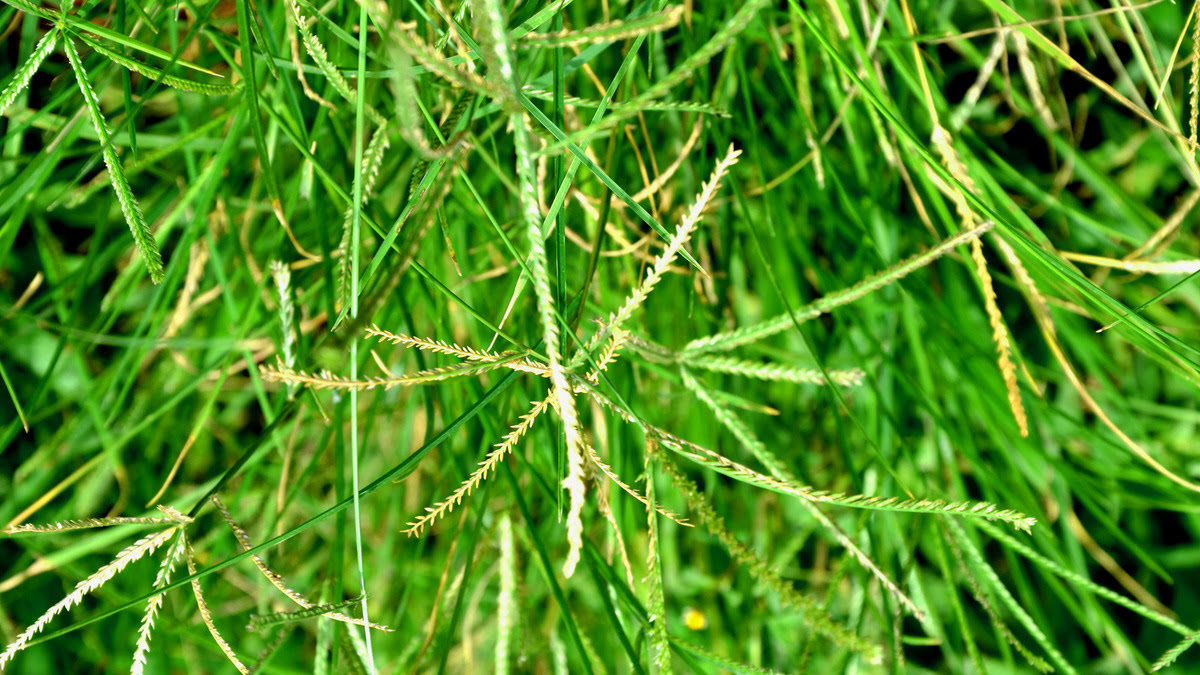
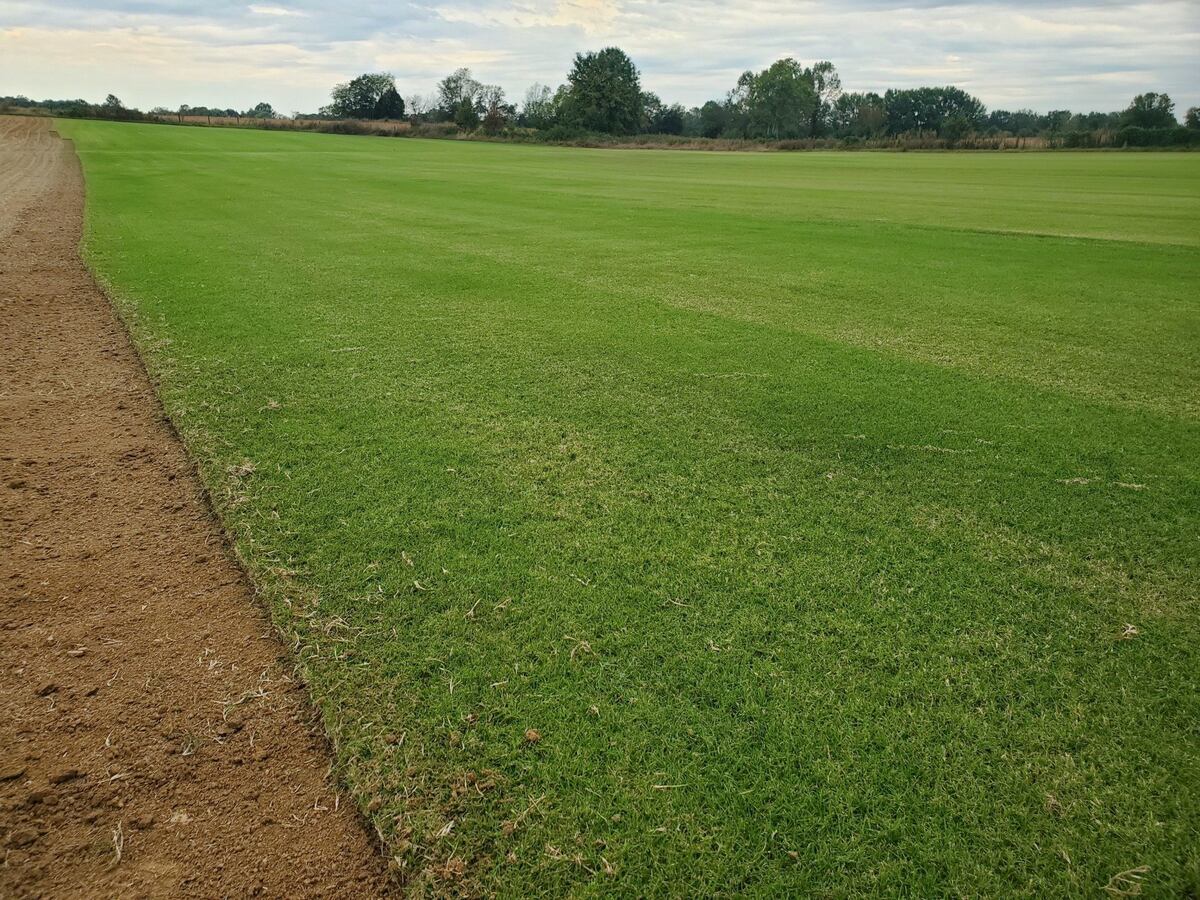
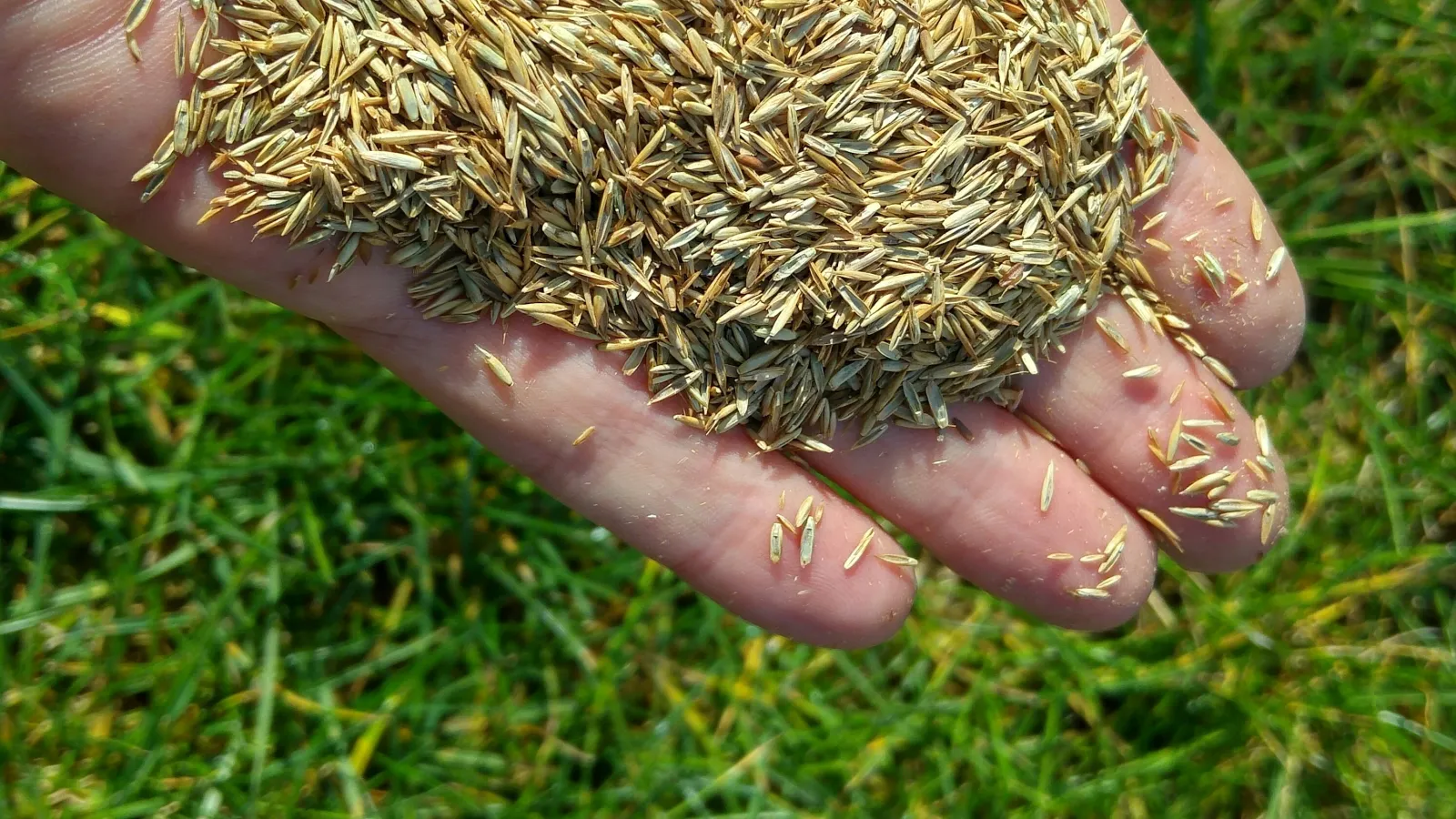
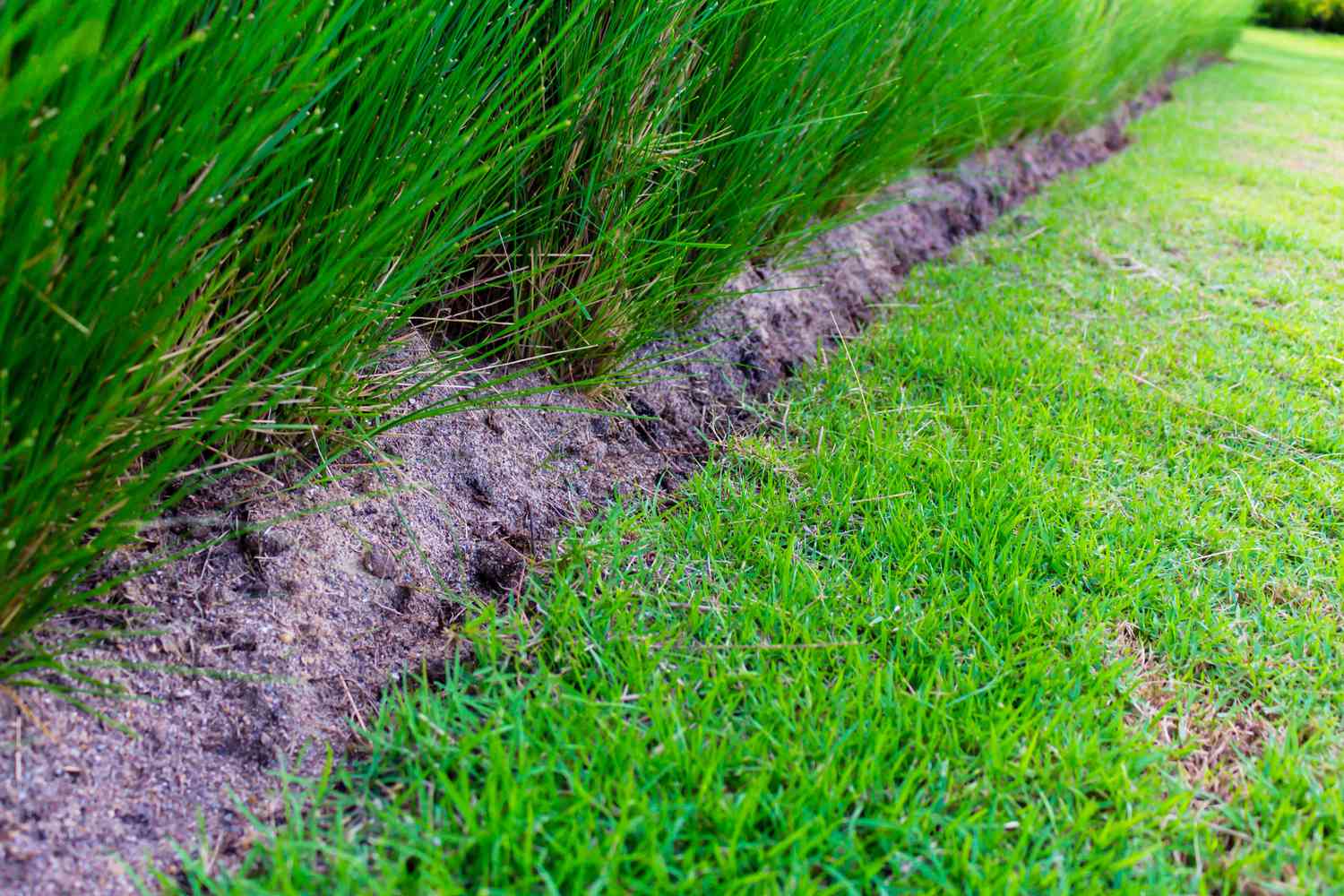
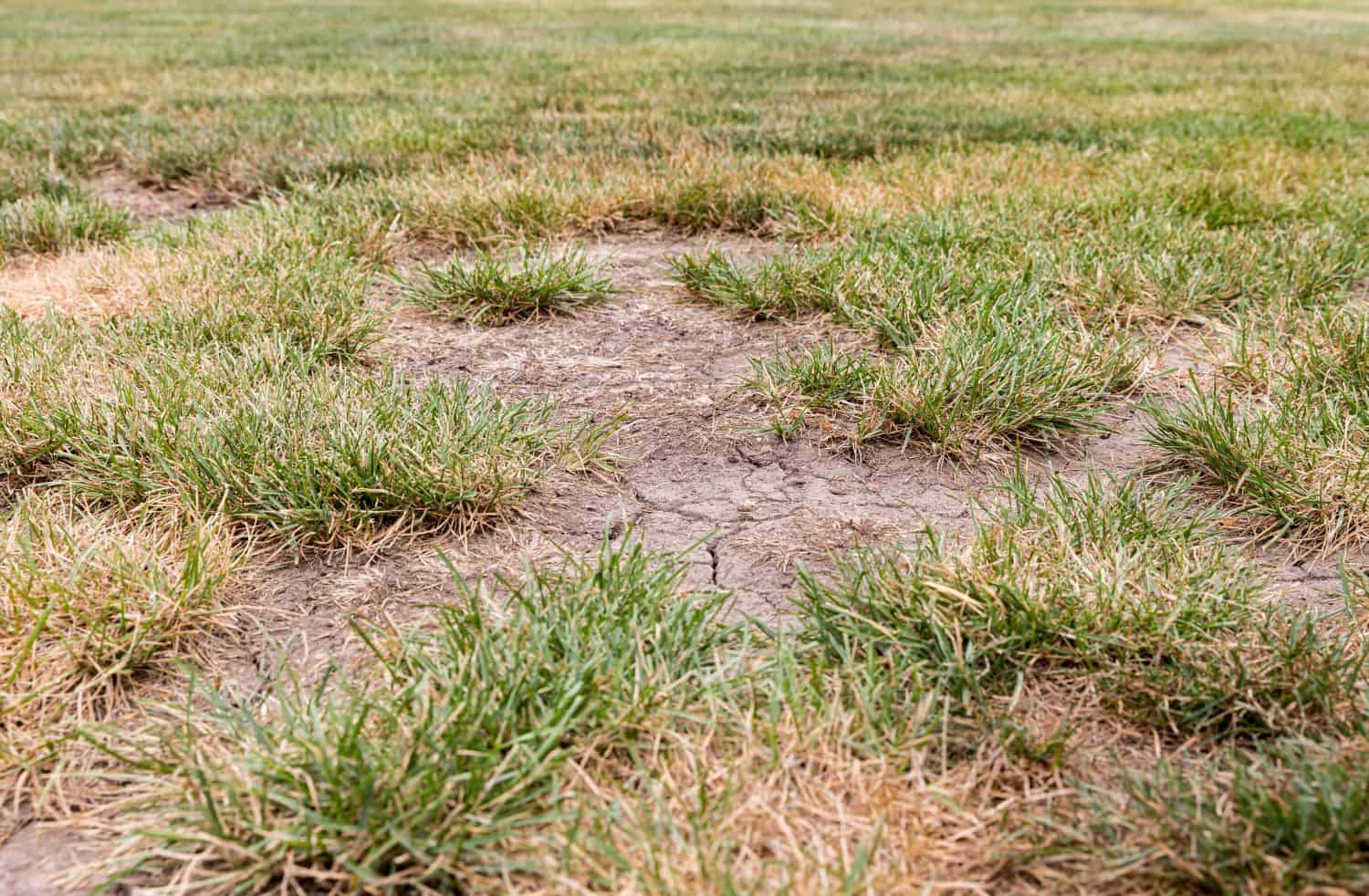

0 thoughts on “How To Fill In Bermuda Grass Bare Spots”